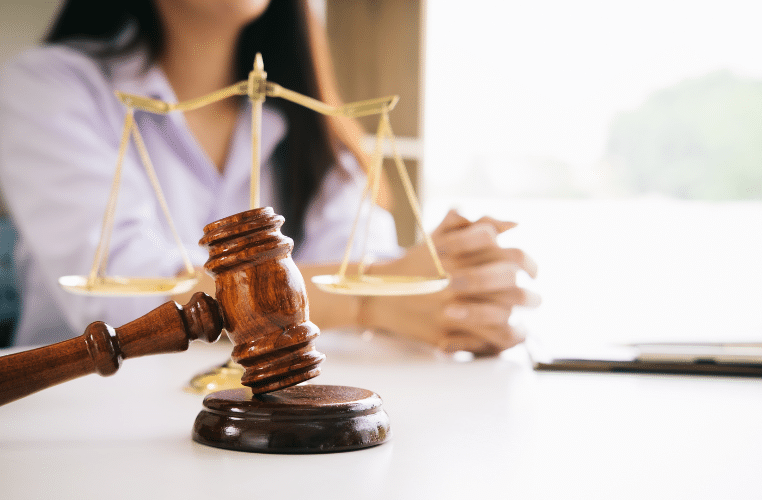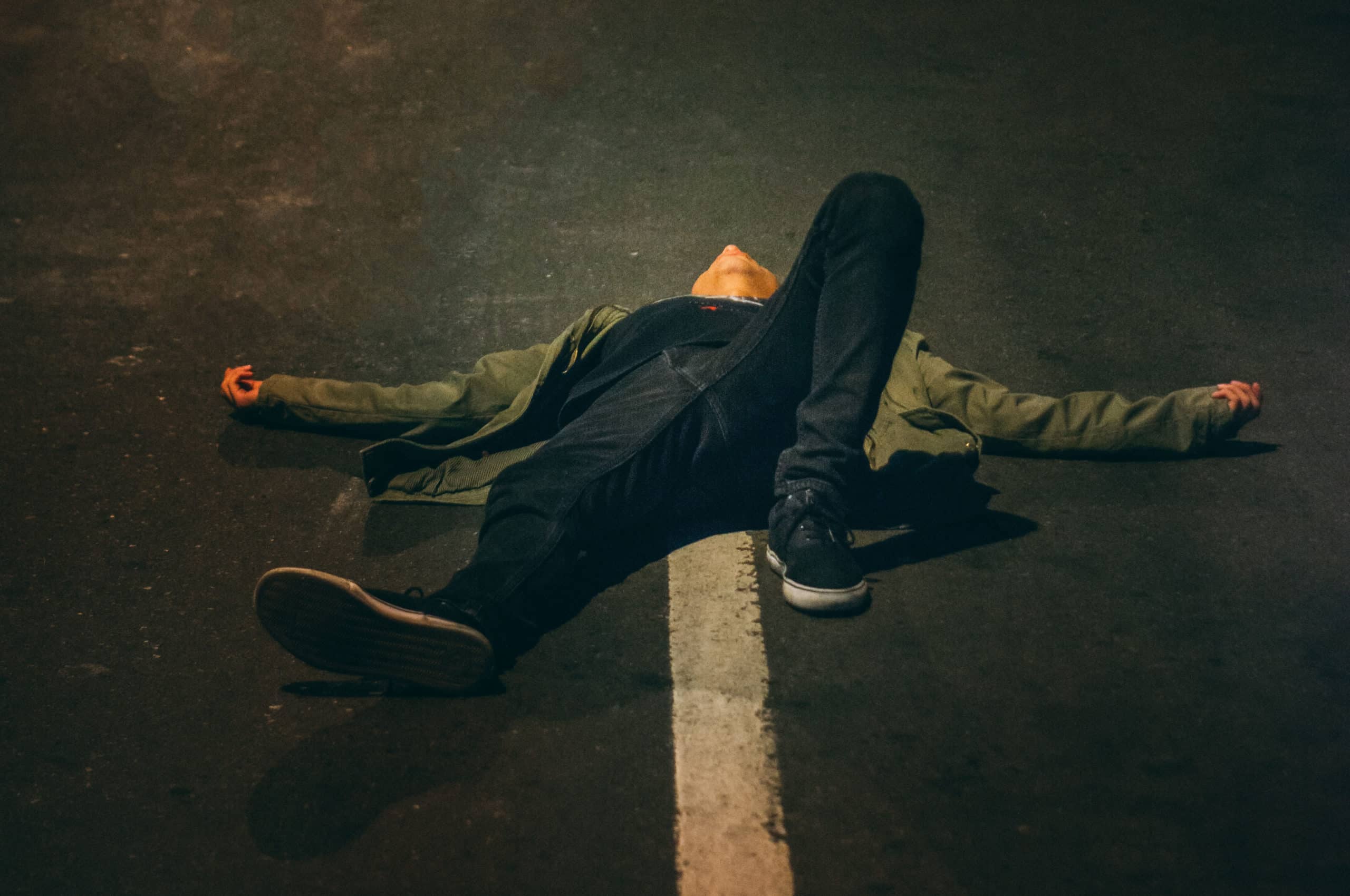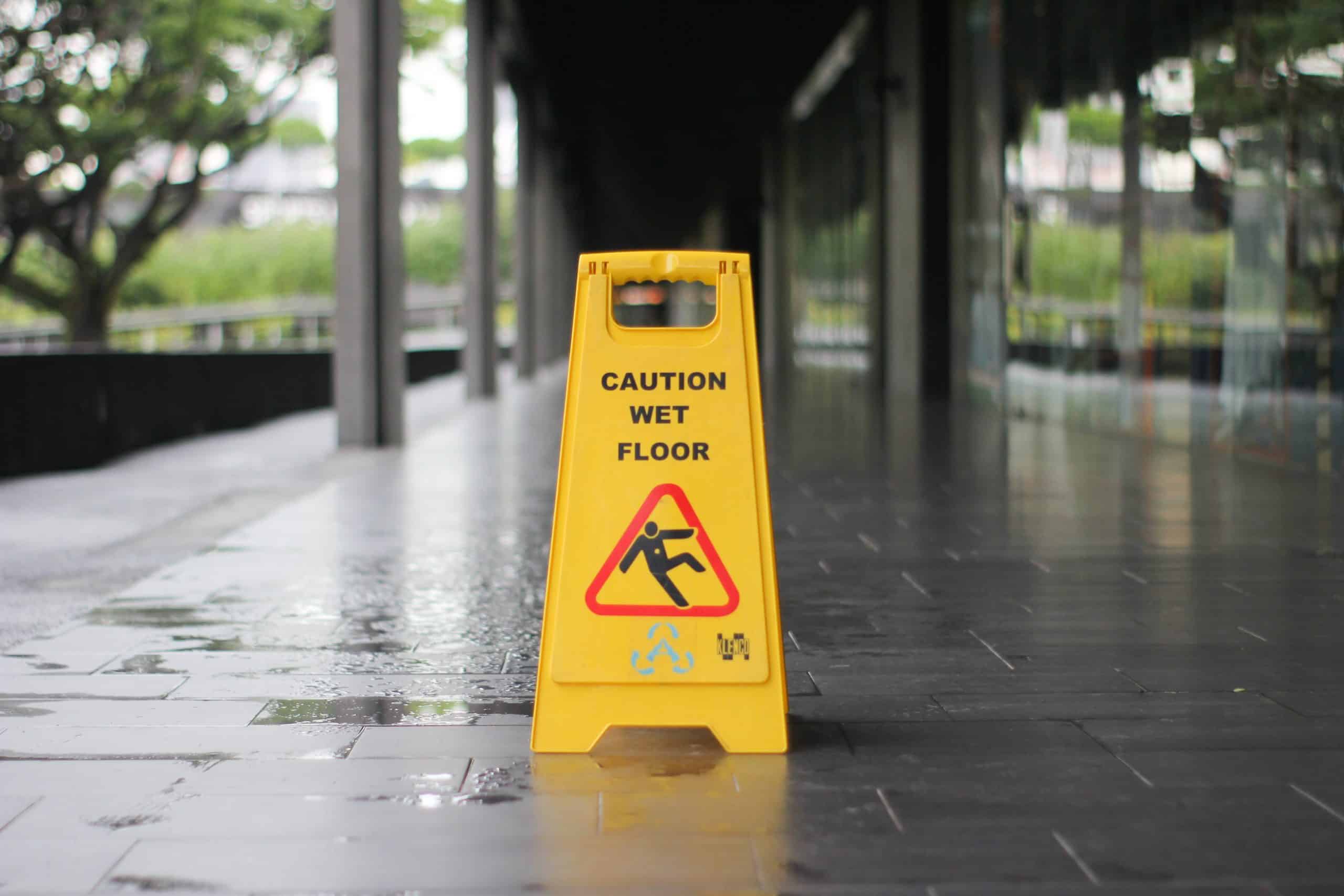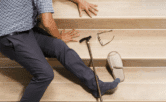
How to File a Slip and Fall Lawsuit in Nevada: A Comprehensive Guide
Have you recently been injured in a slip-and-fall accident on someone else’s property in Nevada? Nevada property owners have a legal obligation to keep their properties safe from dangers that could injure visitors and guests. If your injury occurred due to a property owner’s failure to meet this legal obligation, you could have grounds for a slip-and-fall lawsuit against them.
Filing a personal injury claim for a slip and fall is a complex process. At the Cottle Firm, our dedicated Las Vegas slip and fall lawyers guide our clients through this process and help them seek fair financial compensation for the economic and non-economic difficulties they face as a result of their injuries. Call the Cottle Firm today at 702-722-6111 to discuss your slip and fall case in a free consultation.
Common Causes of Slip and Fall Accidents
Several types of property hazards can put guests at risk of slip and fall accidents and injuries. Here are some of the most common causes our Las Vegas personal injury lawyers have seen in our slip-and-fall cases.
Wet or Slippery Floors
Wet and slippery floors are among the most common causes of slip-and-fall accidents. Spilled liquids, recently mopped surfaces, and adverse weather conditions can all make walkways hazardous. Property owners have a legal duty to quickly address these hazardous conditions and warn guests of them by providing warning signs or barriers to prevent accidents and injuries.
Uneven Surfaces
Uneven surfaces can lead to trip and fall accidents. Cracked sidewalks, poorly maintained floors, and irregular steps are common examples of tripping hazards that can result in accidents with serious injuries. Property owners bear the responsibility to regularly maintain their walking surfaces and ensure that they are even and free of potential obstacles.
Inadequate Lighting
Dimly lit areas make it difficult for property guests to identify potential hazards, which can lead to slips, trips, and falls. Property owners should prioritize well-lit spaces, especially in areas with high foot traffic. Good lighting and visibility can reduce the likelihood of slip and fall accidents.
Lack of Handrails or Guardrails
Handrails and guardrails are essential safety features that provide support and prevent property visitors from losing balance and falling. They act as safeguards against both slip and fall accidents and falls from heights, both of which can result in severe injuries like TBIs. A lack of guardrails, or poorly maintained guardrails, can put property visitors at a higher risk of these accidents.
Insufficient Warning Signs
Slip and fall hazards like wet or recently waxed floors may be unavoidable for businesses. However, property owners have a legal duty to provide sufficient warning signs to notify visitors of these hazards. If a property owner fails to use warning signs and barricades and a guest slips and falls, the guest may have grounds for a lawsuit against the property owner.
Common Locations of Slip and Fall Accidents in Nevada
Slip and fall accidents and injuries happen in various types of properties in Nevada. Regardless of where the accident occurs, the property owner may be held liable if the accident was caused by their negligence. Here are some of the most common slip-and-fall locations our Las Vegas slip-and-fall lawyers have seen in our cases.
Hotels and Casinos
The hospitality industry is the cornerstone of Nevada’s local economy. Millions of tourists and locals pass through the city’s many hotels and casinos each year. The owners of these properties are legally required to promptly address and warn guests of slip and fall hazards. Regular inspections, maintenance, and proper lighting can all reduce the risk of slip and fall accidents and injuries. If a guest suffers a slip and fall injury due to an unaddressed hazard, the property could be held liable in a premises liability claim.
Retail Stores
Many retail stores have high foot traffic, which means that unaddressed slip and fall hazards can quickly result in accidents and injuries. Spills, uneven flooring, or poorly maintained walkways can put shoppers at risk. Vigilant property management and regular maintenance and inspections are essential for minimizing the risk of accidents in these busy environments.
Restaurants and Bars
Dining establishments with busy kitchens and serving areas are prone to wet and slippery floors. Spills and food debris can create hazardous conditions for both customers and staff members. Proper signage, prompt cleanup procedures, and non-slip flooring are all essential measures for ensuring safety and minimizing the risk of accidents in restaurants and bars.
Determining Liability For a Slip and Fall in Nevada
If you have recently been injured in a slip and fall accident, you may be wondering whether the property owner is liable for your injuries. Let’s take a look at how liability is determined for slip and fall accidents in Nevada.
Premises Liability Laws in Nevada
Slip and fall lawsuits are filed based on a legal concept called premises liability. This concept governs the responsibilities of property owners to maintain safe conditions for visitors.
Property owners owe a duty of care to individuals who visit their premises. According to this duty of care, property owners are required to promptly address and rectify potential hazards. Proving negligence involves showing that the property owner knew or should have known about the hazardous condition that caused the accident, but failed to take reasonable steps to mitigate it or warn guests of it.
The victim and their personal injury lawyers must also show that the injuries were a direct cause of the property owner’s failure to meet their duty of care and that the victim suffered damages as a result of their injuries.
Identifying Negligent Parties
Determining liability also involves identifying the parties responsible for maintaining the premises. Pinpointing the correct responsible party is crucial for building a compelling case.
Sometimes, this negligent party might be the property owner, but other parties can also be deemed negligent for accidents. Landlords, tenants, and management companies could all potentially be held liable, depending on their level of control and responsibility over the property. Additionally, businesses leasing or occupying the property may share liability if their actions or negligence contributed to the hazardous conditions that caused the slip and fall accident.
Note that the injured party is also evaluated for negligence. The court will assign a percentage of fault to both parties, as per NRS 41.141. You may still file a lawsuit if you were partially at fault, as long as your percentage of fault is 50% or less.
Proving Negligence in Slip and Fall Cases
Ample evidence is needed to prove negligence in slip and fall personal injury claims. Maintenance records, surveillance footage, and witness statements are forms of evidence commonly used to support these claims. Slip and fall lawyers also establish clear timelines of events leading up to the slip and fall.
Additionally, your slip and fall lawyer will use evidence and arguments to show that the property owner was aware of, or reasonably should have been aware of, the hazard that caused your accident, but failed to address it.
Steps to Take Immediately After a Slip and Fall
Your actions in the immediate aftermath of a slip and fall accident can have a major impact on how you recover from your injuries, as well as your ability to secure financial compensation through a personal injury lawsuit.
Seek Medical Attention
Seeking immediate medical attention should be the top priority after a slip and fall or any other accident with injuries. Even seemingly minor injuries can worsen over time, and many serious injuries have delayed symptoms. Prompt medical care not only ensures your well-being but also establishes a documented link between the accident and any related injuries or health issues.
Report the Incident
The slip and fall accident should be promptly reported to the property owner or manager, as this establishes a record of the event. This documentation can serve as a crucial piece of evidence in a slip and fall claim and notifies the responsible party of the accident. In addition to helping your case, a report can prompt the owner to take corrective actions that potentially prevent similar accidents from occurring in the future.
In addition, if there have been previous reports of similar accidents at the property, but the hazards that caused them have not been addressed, this lack of action could potentially be used as evidence of negligence on the part of the property owner.
Document the Scene and Obtain Witness Information
The strength of a slip-and-fall case hinges on the quality of the evidence. Thoroughly document the scene of your slip and fall accident. Take photographs of the hazardous condition, your injuries, and the surrounding area. If others witnessed the accident, ask for their contact information. These forms of evidence can be used to establish liability and support your personal injury claim.
Nevada’s Statute of Limitations
If you are planning to take legal action following a slip and fall, you must act quickly. Nevada has a two-year statute of limitations for personal injury claims, as outlined in NRS 11.190. You must file your claim within two years of the date of your accident. If you fail to act within this deadline, you could lose the right to seek financial compensation through the legal system.
Calculating Damages For Slip and Fall Injuries
Once your case has been reviewed and liability has been established, it’s time to estimate the damages you have suffered. Damages are the economic and non-economic losses that you’ve suffered because of your injuries. In cases of extreme negligence or intentional harm, courts may also award punitive damages.
Economic Damages
Economic damages include all tangible financial losses. When calculating these, you want to include any loss that has a dollar figure associated with it. Economic damages commonly included in slip-and-fall lawsuits and settlements include:
- Medical expenses – All medical bills are covered, including the cost of appointments, medications, medical equipment, surgeries, and any other healthcare costs related to the injury.
- Lost wages – If the injury was severe enough to keep you from returning to work, damages for lost wages may be included in the settlement or court judgment.
- Lost earning capacity – Severe slip and fall injuries can impact your future earning potential. Some victims may be unable to return to the same career due to the severity of their injuries. The extent of the injuries, the industry, the victim’s age, and other factors are considered when calculating how much the victim can be expected to lose in future earnings.
Non-Economic Damages
Non-economic damages cover intangible losses that do not have an exact dollar figure, such as pain, suffering, and emotional distress. Quantifying these damages involves assessing the emotional and physical impact of the injuries, considering the severity of the injuries, the timetable and difficulty of the recovery, and the overall impact on your quality of life.
Punitive Damages
Although they are rare in slip-and-fall cases, punitive damages can be awarded in cases involving egregious negligence or intentional harm. Courts award punitive damages in such cases to punish the defendant and to act as a deterrent.
Negotiating a Settlement For a Slip and Fall
When taking legal action for slip and fall injuries, the goal is to arrive at a fair settlement offer without the need to go to trial. At the Cottle Firm, our Nevada slip and fall lawyers negotiate with insurance providers and negligent parties to reach a settlement that accurately compensates our clients for the damages they have suffered. While estimates vary slightly, only about 3-5% of personal injury cases ever go to trial.
Filing a Personal Injury Lawsuit For a Slip and Fall
If the negligent party and their insurer do not agree to a fair settlement offer, the next step is filing a personal injury claim with a local court. The case may go to trial, where your slip-and-fall lawyer will have the chance to present all evidence, call witnesses, and make arguments on your behalf. In some cases, the insurance company may agree to a higher settlement offer after the lawsuit has been filed to avoid a lengthy and expensive court process.
Discuss Your Case With Our Nevada Slip and Fall Lawyers
If you were injured in a slip and fall accident at a Las Vegas hotel, casino, store, restaurant, bar, or other property, it is important to be aware of your legal rights. Property owners can be held liable for failing to address hazardous conditions when a property visitor is injured due to those conditions.
At the Cottle Firm, our Nevada slip and fall lawyers can evaluate your case, determine whether you have grounds for a lawsuit, and help you take legal action to seek the financial compensation you deserve. Get in touch with us today at 702-722-6111 to learn more in a free consultation.
Related:
Premises Liability in Casinos: What You Need to Know
Pedestrian Safety: What Tourists Need to Know About Walking Around Las Vegas
Construction Site Accidents: Legal Options for Injured Workers in Las Vegas




